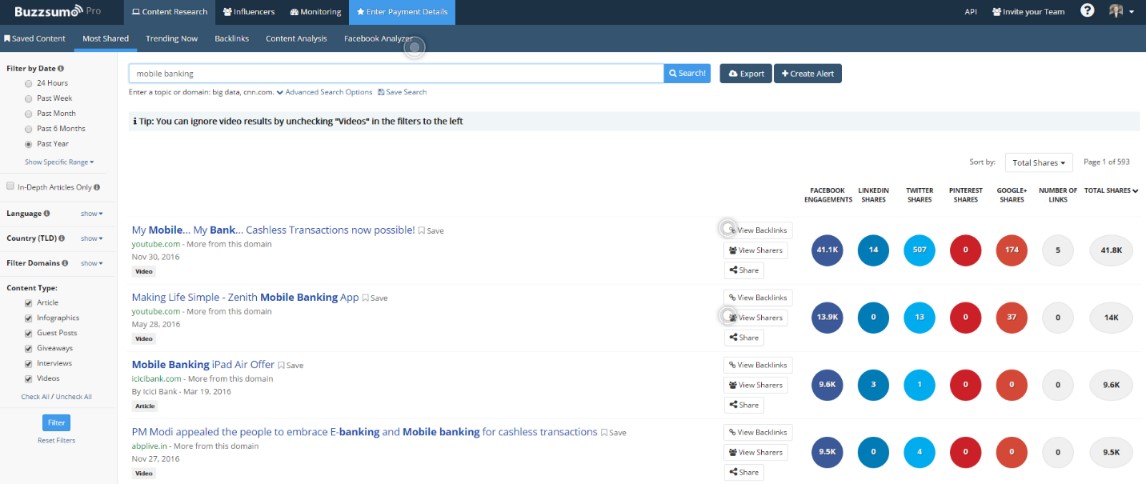How-To Guide on Custom Contextual Targeting for Cross-Channel Display Advertising

A How-To Guide on Custom Contextual Targeting for Cross-Channel Display Advertising
This article is written by Ivan Roubtsov, Chief Marketing Officer of Clientspectrum
Demand-side platforms (DSP) can quickly run contextual targeting campaigns at a categorical level. However, often enough, contextual targeting is only limited to a description tag – with limited visibility on the exact list included in the category. For example:
- Finance
- Banking
- Personal Banking
- Banking
Once a few niche groups are selected, marketers can start a campaign to identify the location of the impressions. However, what if there was an alternative – a more controlled way of running this process?
These then raises more questions. How do you create a custom target list of domains that will work for your programmatic display campaigns? Moreover, what role do Social Media and SEO indicators play when it comes to programmatic display?
For those looking for better control of contextual targeting, it is critical that your keyword data match with the domain address and ranking data. To do so, you need to follow two important steps. First gather a list of keywords that relate to your brand, product, and promotional campaign (SEO, AdWords, competitive keyword data – all that good stuff). Next, make a list using the domains associated with the identified keywords.
Alternative 1: Manual Process
The free way of going forward with this process is to push your keyword data through Google and obtain page and domain level links from the first couple of search pages. Combining domain addresses with all the keywords can give you an equivalent to a heat map, highlighting useful websites and page level links used for display campaign targeting (I prefer to use google.com/ncr search for better results). As you will see, domain addresses and page links will show up for more than one keyword combination. Again, organic search, AdWords, competitive keywords data are all useful for the above approach.
For the second step, add your website list to your display platform of choice and begin a campaign. The key to success with this tactic is to continually refine and update the list based on your web analytics and conversion data.
Alternative 2: Automated Process
If you so happen to have a few extra dollars in your budget to spend on cross-channel display ads, it is possible to automate the process solution described above with solutions like Grapeshot or Buzzsumo. Providers, like the ones just mentioned, will take your keywords and identify site and page level links, to then package them into a targetable segment. The benefit to the paid provider approach is that the links continuously update because of service providers crawling the internet and identifying trending content that fit your keyword list criteria.
Alternative 3: The Paid Way
Finally, let us look at the third option – the paid approach used in combination with the tactics described above. There are plenty of services out there that can help you identify socially trending content pieces. One of these services is Buzzsumo.
Say we use “mobile banking” as a keyword of interest. Buzzsumo will take that keyword and populate a list of trending domains. In cases where you get 1000 plus page-level links, narrow in on language, location, content type and other filters to identify more relevant trending stories and sites.

Another significant aspect of Buzzsumo is their great API. Information can easily be queried live, with results transferred directly into custom lists used for targeting purposes by your cross-channel display platform.
The above practice opens attractive advertising opportunities when it comes to a cross-channel programmatic display. Marketers can create lists of sites and articles relevant to a brand, figure out which are trending and being engaged on social media (using Buzzsumo insights and social data), and even use SEO indicators to determine if a site is worth targeting.
The platform MOZ, an Open Site Explorer, helps identify which domains are worth pursuing. After plugging in a web page URL, MOZ will break down the website by its Authority and Page Link Metrics.
Observe the example below:

Based on the Domain Authority, Page Authority, and the number of links, you can quickly identify the example as a very credible website. Similarly, you can identify low performance and niche websites/blogs:

However, this example does not necessarily indicate a bad source. With results such as these, the odds are the website caters towards a niche market or a small-scale blog audience. In cases like this, you need to determine whether the site is worth including in your target list.
The combination of above approaches works well when automated and leveraged via an API. However, if your budget or resources are short, then the manual way will work just fine. So please, take this opportunity to think about how you could start enabling site and page level targeting that factor in your brand keyword data.